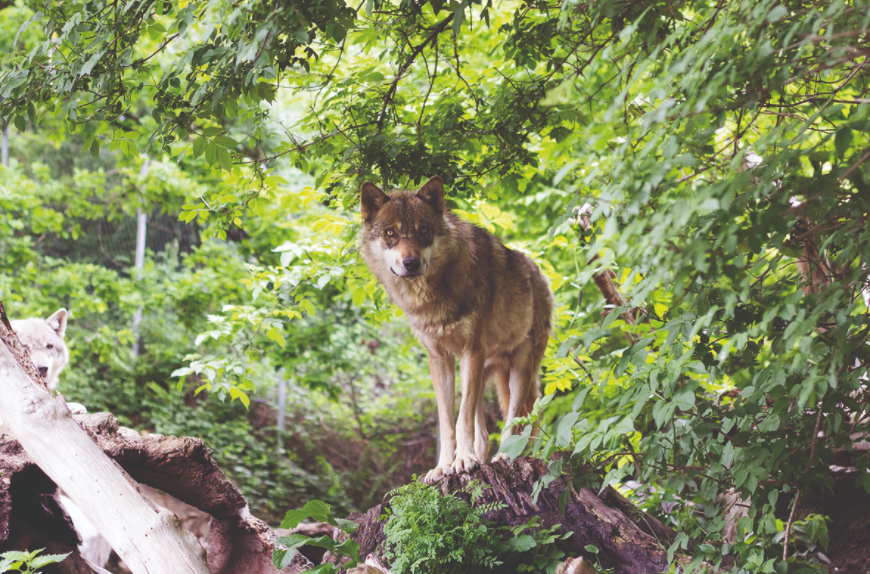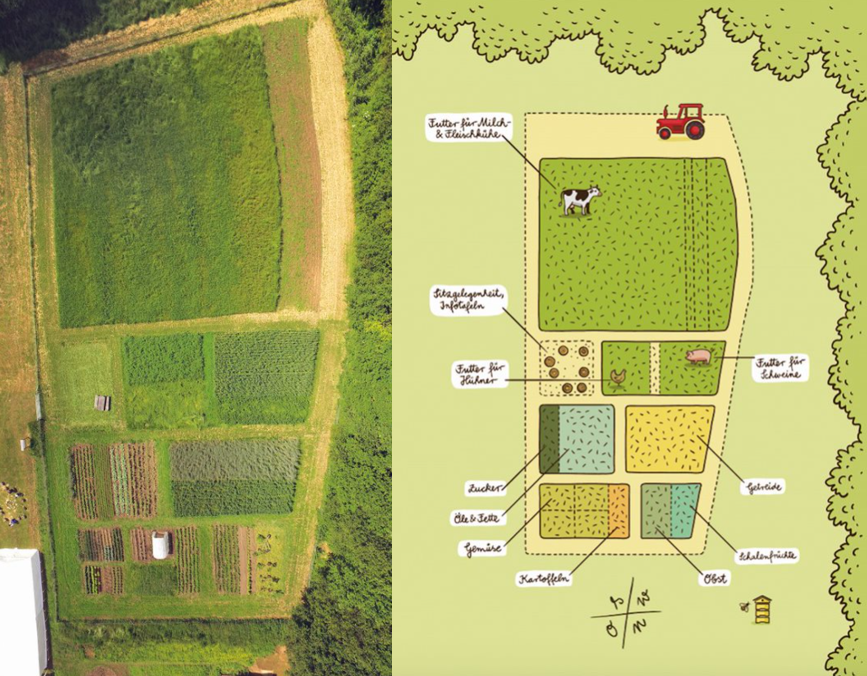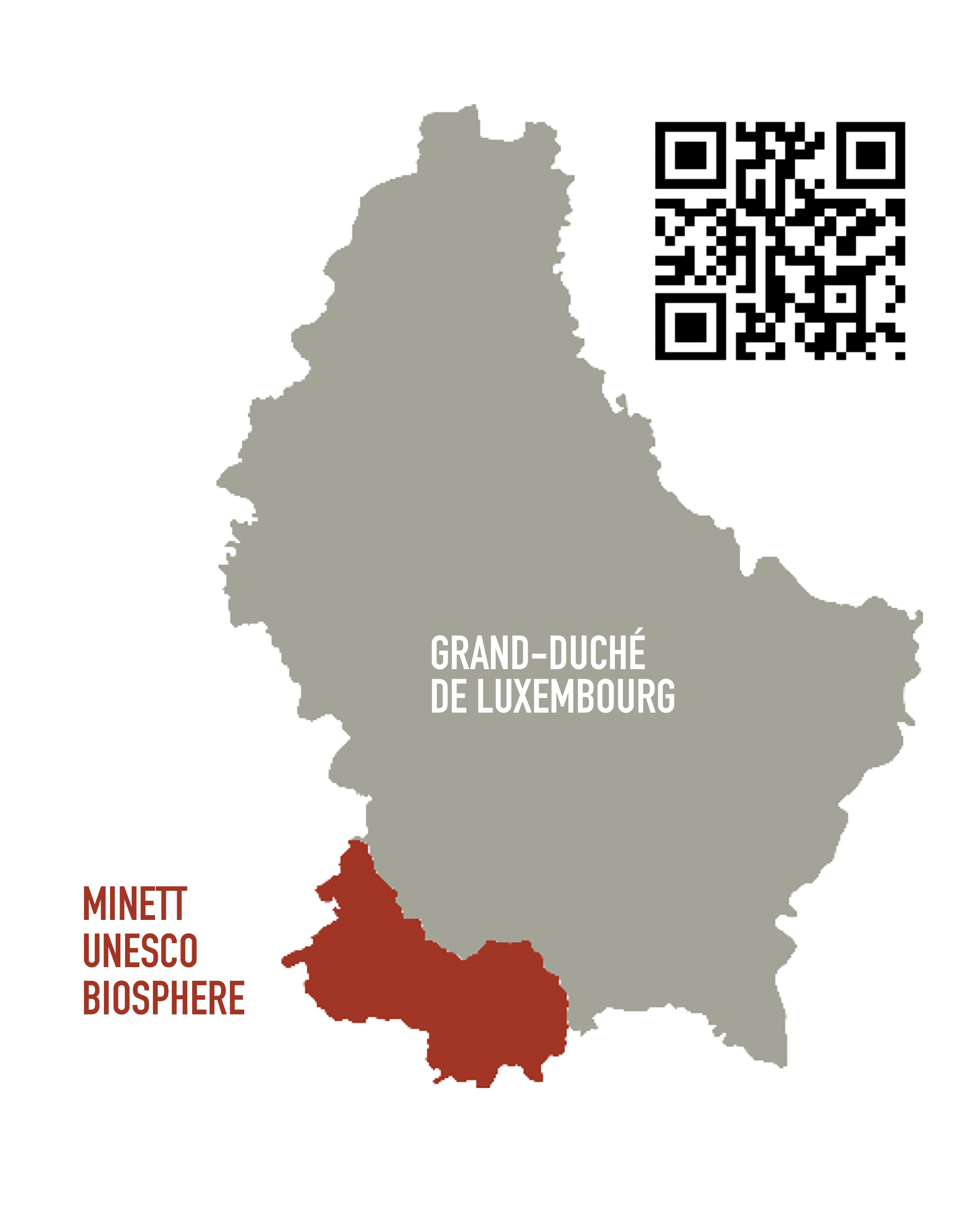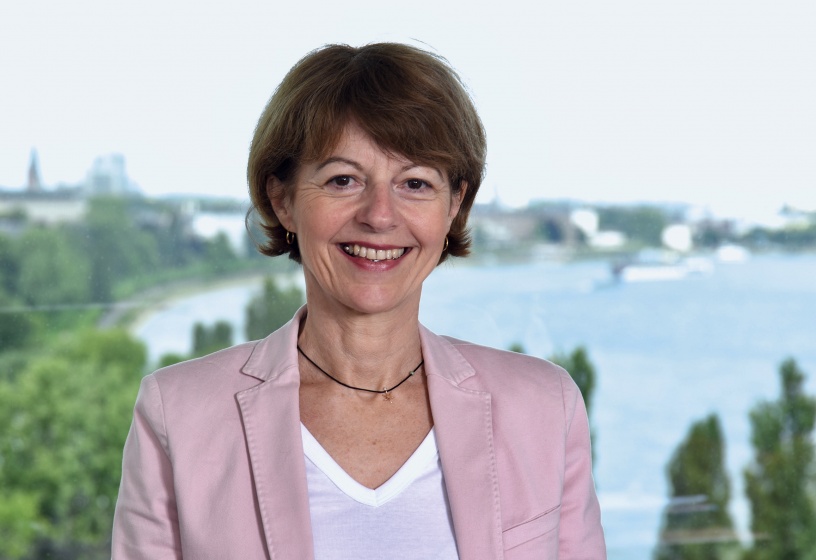Initiatives for Biodiversity in the Grand Duchy

Did you know that wolves and lynxes are protected species in Luxembourg? With its forests characterised by remarkable trees covering more than a third of the territory, stunning orchids, waterways and vast green areas, the country is home to an unexpected biodiversity. However, over the years, these wonders of the natural world have been in decay. The local fauna and flora are under great threat today, with two-thirds of natural environments being in a "mediocre" or even "insufficient" state of conservation, and 80% of the species in a "precarious state". Given this situation, what are the actions taken in the Grand Duchy?
Taking the pulse of biodiversity
Many actors are involved in collecting data on biodiversity in the Grand Duchy. Scientists, specialists, naturalists, conservationists, and even citizens observe living organisms daily to gain insight into Luxembourg's natural heritage. This information allows to monitor and understand ecosystems. Which species are declining or increasing in population? How are they adapting to environmental disturbances caused, for instance, by intensive agriculture, urbanisation, and climate change? What natural mysteries do they still hold? Xavier Mestdagh, an engineer at LIST, explains in an article published on "science.lu" that the observation of moth larvae (or waxworms) has made us realise that these parasites, which eat beeswax, are capable of decomposing polyethylene, the most common plastic material.
All information related to biodiversity is consolidated by the National Museum of Natural History of Luxembourg. The result: a database with more than two million observation data and 142,000 specimen records! The museum shares this information on a national and international level in order to contribute to protecting living beings, update the red list of threatened species of the International Union for Conservation of Nature (IUCN) and adapt the legal status to ensure their protection.
Strengthening the relationship between Human and nature
|
|
Have you heard of UNESCO's Man and the Biosphere (MAB) program? For 50 years and counting, this initiative has connected biosphere reserves worldwide to develop a more balanced relationship between Man and nature. The natural and social sciences are combined to create innovative approaches that reconcile economic, social, cultural and environmental development. Today, this network has 714 sites in 129 countries sharing their experience and expertise. In 2020, Luxembourg joined this movement with its Minett regionrecognised as the first biosphere reserve in the country.
|
Numerous activities are carried out on the sites of the "Minett Unesco Biosphere” and its surroundings. Pro-Sud and its wide range of partners act together for biodiversity conservation and sustainable development based on education, research, and the active participation of various stakeholders in the area. Among the activities proposed: a tour of the reserve around 11 lodges and a traveling exhibition, various programmes to promote local products, the establishment of a national center for industrial culture and a school program on science, technology and sustainable development. These inspiring initiatives herald positive prospects for the evolution of the biosphere reserve.
Natur&ëmwelt also runs numerous projects throughout the country. The organisation and its foundation address a broad array of societal actors to promote and protect biodiversity and its ecosystems. With the "Biodiversity@ youroffice" project for example, Natur&ëmwelt helps companies implement concrete actions to support local biodiversity. The "2000 m2" initiative shows the surface available for an inhabitant of Luxembourg to highlight the possibilities and advantages of local food around the Greater Region during organised visits of this agricultural space. Also, the "En Dag an der Natur" brings citizens closer to biological diversity by offering them more than 370 outdoors activities.
There are more and more possibilities for individuals, companies and public authorities to – each in their own way – help safeguard the fascinating natural heritage of Luxembourg, from dragonflies and colorful butterflies to otters and beavers, and an incredible diversity of birds, insects, amphibians, fish, crustaceans and reptiles.

The wolf, a protected species in the Grand Duchy.
Adopting strong measures
Luxembourg is one of the countries that are willing to introduce solid global measures in the field of protecting biodiversity, particularly with the will to create a network of legally binding protected areas covering at least 30% of the land and sea area. In terms of protection and safeguarding of species, the Grand Duchy also advocates a transition to "truly sustainable" practices. According to Luxembourg government, this requires an overhaul of the standard agricultural policy with a radical reduction of at least 50% of chemical pesticide use and the promotion of organic farming and agroecology.
Here in Luxembourg, it is the second National Plan for the Protection of Nature (PNPN2) that governs the measures implemented for the safeguarding and restoration of biodiversity and ecosystems for the period 2017-2021. This framework, which is revised every five years, includes, among other things, action plans for species and habitats, landscape de-fragmentation and the management of protected areas. More concretely, these objectives involve, for example, the restoration of at least 15% of degraded ecosystems, the extension of biodiversity conservation measures to a minimum of 10% of cultivated areas, the compliance of all public forests and private forest estates larger than 10 hectares with the principles of sustainable management, and the creation of compensatory pools for private and public constructions or developments.

The "2000 m2" project raises awareness of the arable land available per capita in Luxembourg. This organically cultivated field encourages the population to think about their consumption choices by demonstrating that a local and sustainable agriculture is possible by changing their habits. (Source: 2000 m2, a joint project of IBLA, natur&ëmwelt and co-labor)
The next few months will see an assessment of the successes and shortcomings of this expiring national plan and the determination of the country's new ambitions in this area for the next five years. This national roadmap will be closely observed, as well as Luxembourg's determination to influence the expected decisions on biodiversity at both a European and international level. The country, determined to be among the leaders in sustainable development and the circular economy, is expected to take a strong position and concrete measures in favor of nature. To be continued.
Citizen Naturalists
The application "iNaturalist" allows citizens to participate in the observation of wild plants and animals worldwide. In Luxembourg, about 20 declining species have been observed thanks to this citizen science tool. The "City Nature Challenge" is a yearly recurring event which encourages people from cities all over the world to try to collect as much data as possible through this platform. In 2021, the challenge gathered more than 40,000 participants from 350 cities, including 423 participants from Luxembourg. Approximately 32,000 species were counted, of which just over 1300 rare or endangered species.
To be read also in the dossier "Life in free fall: no more denial?":






